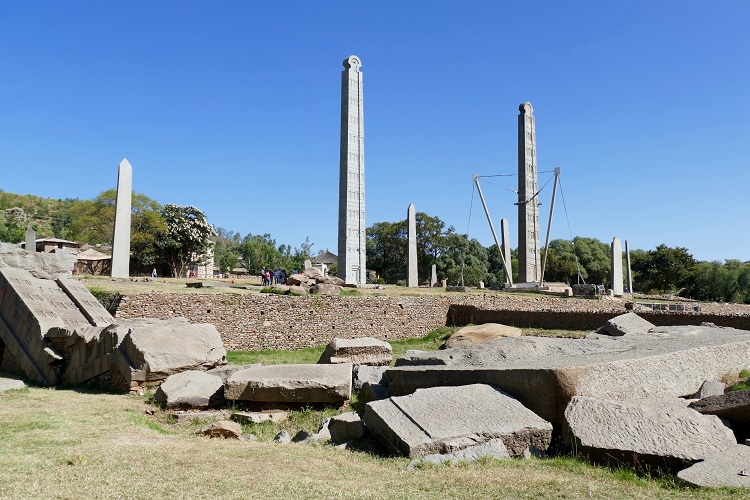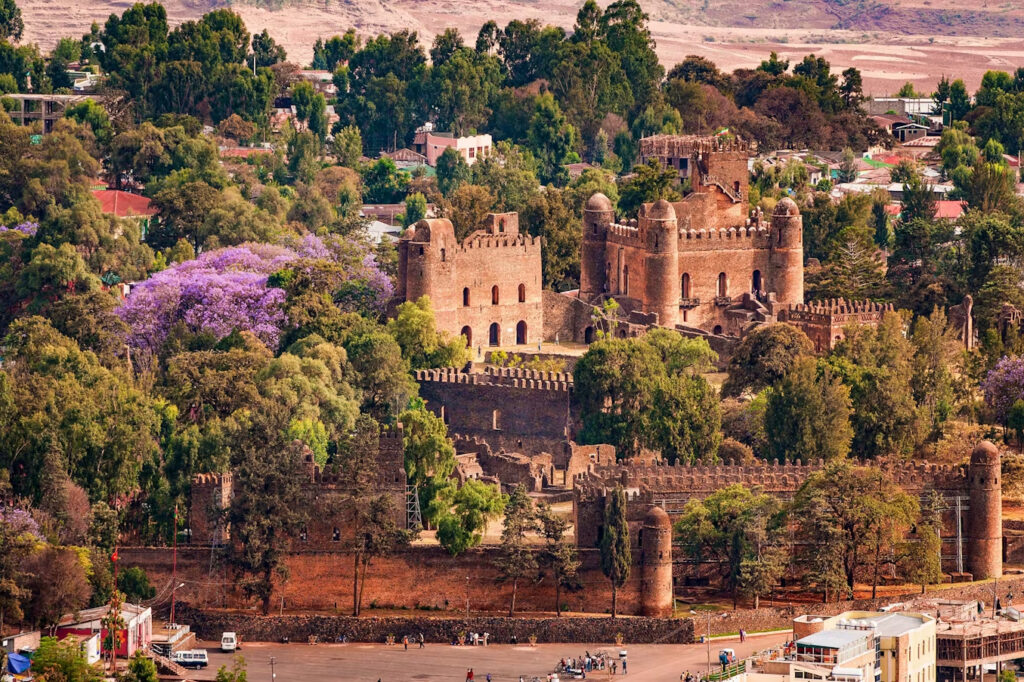
Historical Attractions
Axum
Axum is one of the most culturally significant places in Ethiopia. As with much of Ethiopia, exploring this town is to walk the tightrope between facts and legends, and no doubt the local guides will try and sway you towards the latter. That's all part of the fun. Axum is most famous for its Stelae field, where giant obelisks rise dozens of metres into the sky. These incredible structures became a UNESCO World Heritage Site back in 1980. They have fascinating history dating back to 400 BCE.
As the home to the Queen of Sheba and (as the story goes) the Ark of the Covenant – the storied artefact of Moses’ 10 commandments – Axum is one of the oldest continuously inhabited cities in northern African, dating back to 400 BC. A quick trip to the north of the city reveals the Stelae field of various monuments that were carved and erected in the 4th century, known as the Obelisks of Axum. The proud pillars, each over 1,700 years old, 24 meters tall, made of solid granite and some weighing over 160 tons, are impressive sights to behold. In the same area, researchers have uncovered a number of tombs in Axum since the 1970s, but sadly many had been plundered by tomb raiders and only one such grave, The Tomb of the False Door, is now open to visitors. Do not miss the Church of Saint Mary of Zion. Locals will tell you it is one of the most sacred of places in the whole of Ethiopia, not only does it house the Ark of the Covenant, but also has a long history dating back some 1,700 years. This World Heritage site is often referred to as “Abyssinia” in medieval texts and is considered the heart of ancient Ethiopia. It is a marvel of obelisks, ruins of castles, undiscovered tombs, beautiful churches and other cultural treasures spanning several centuries and embracing different religions.










